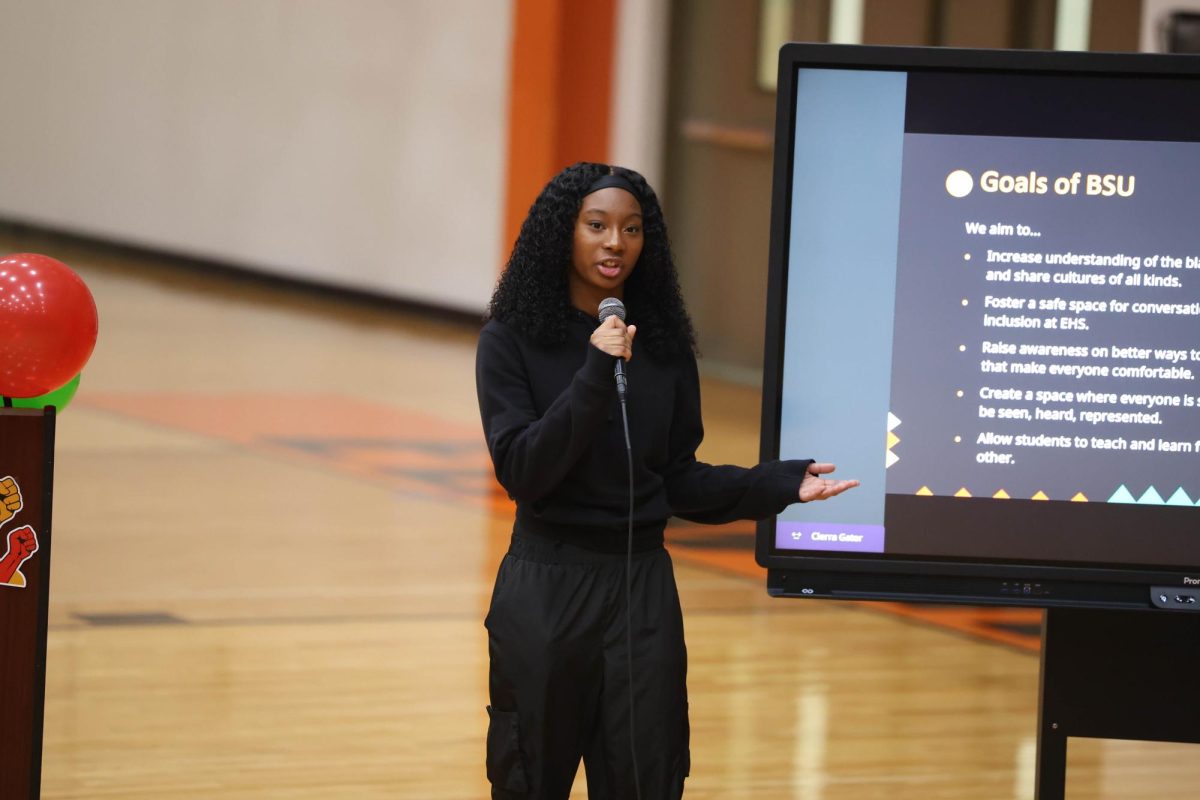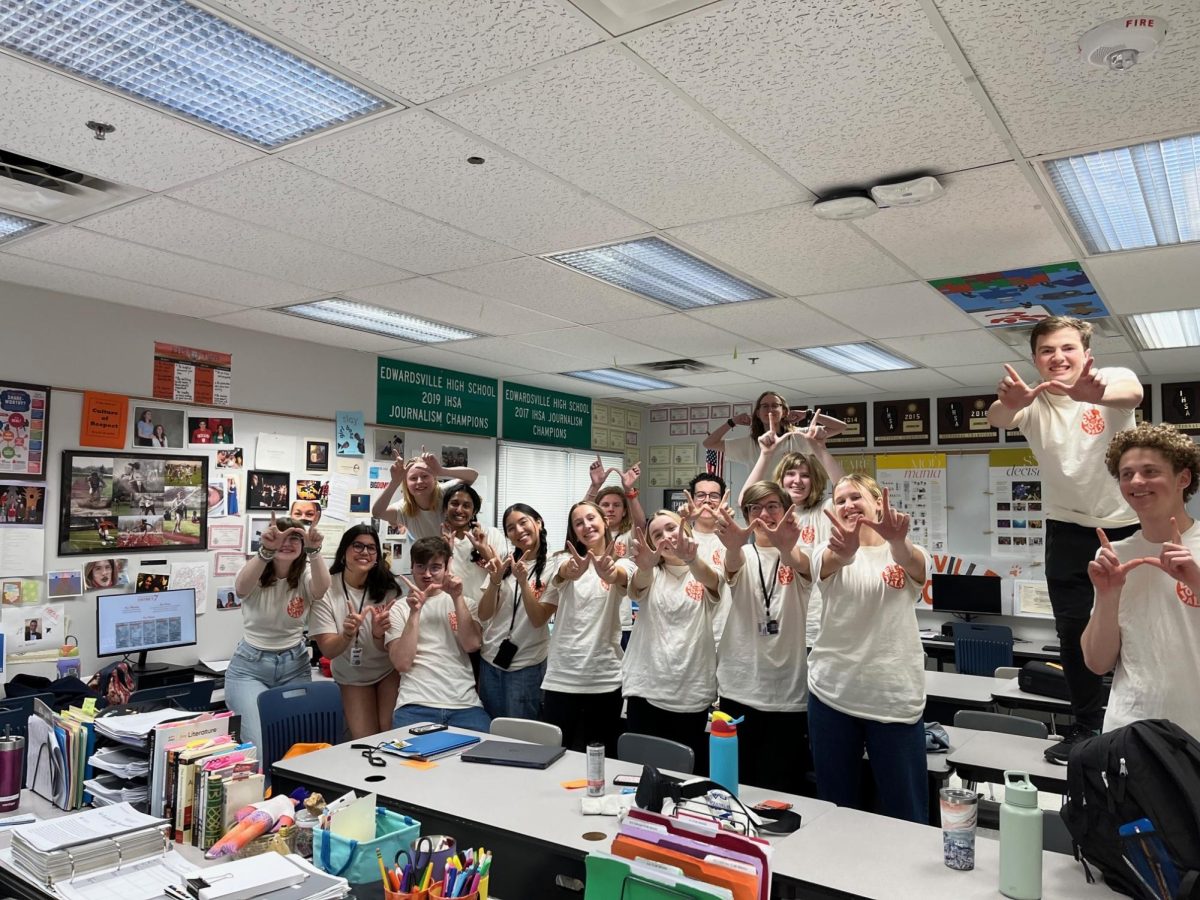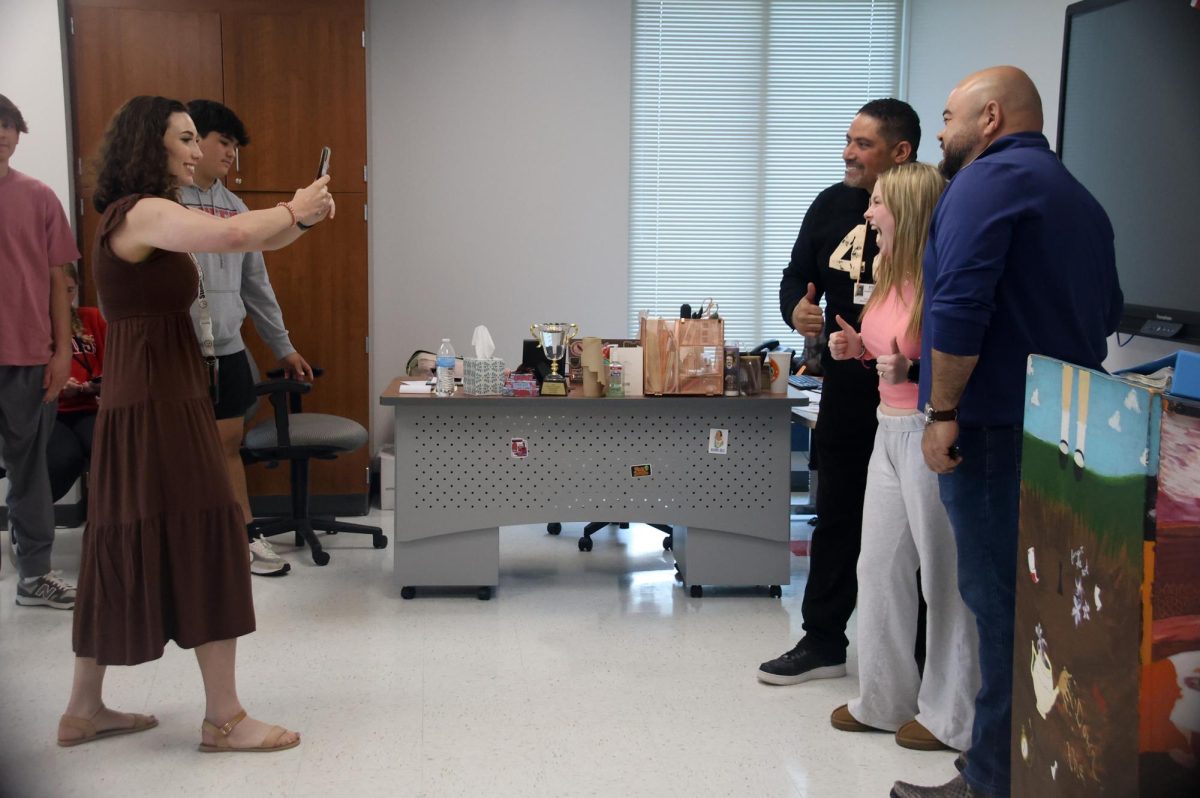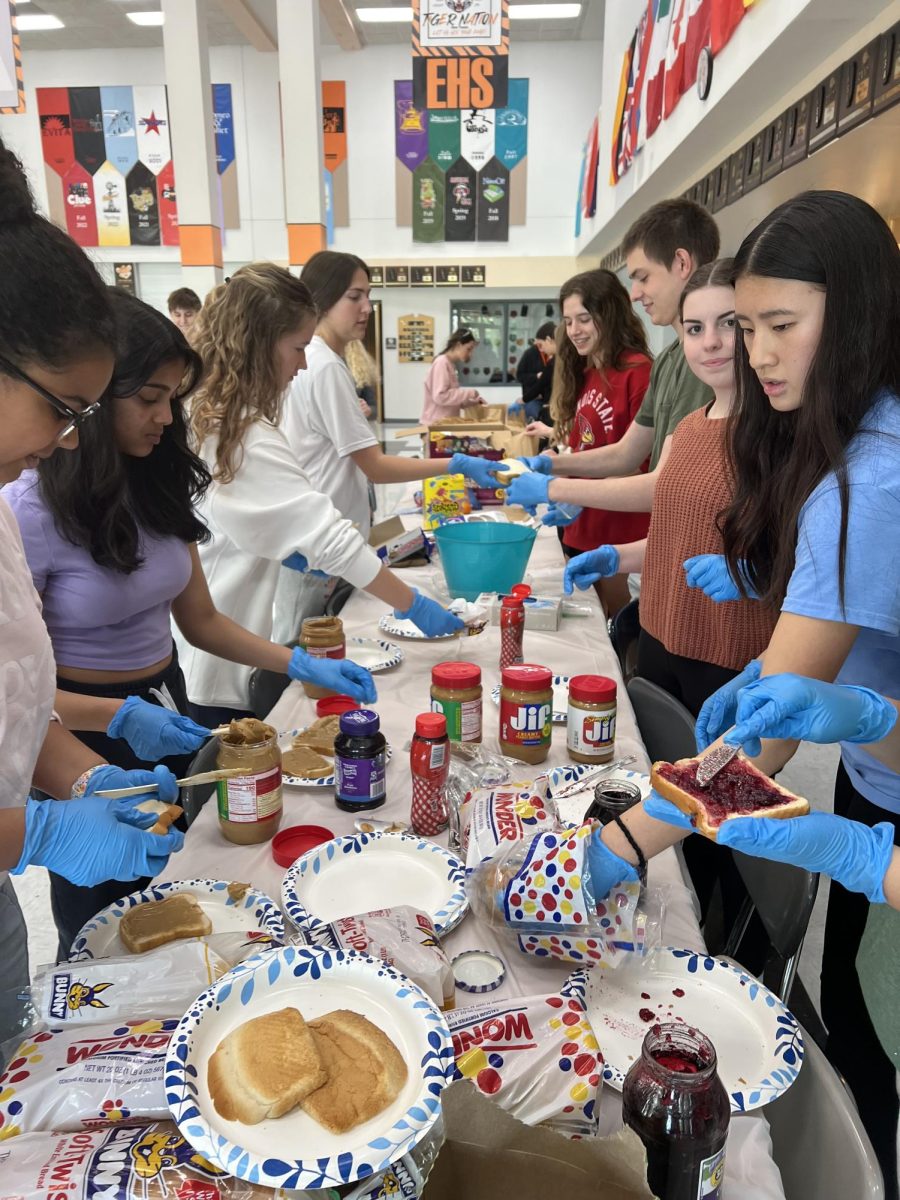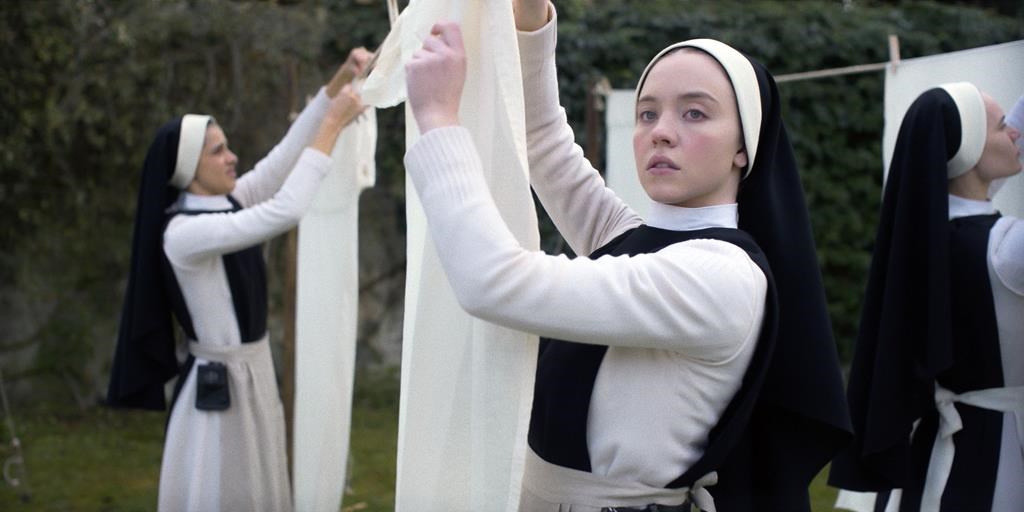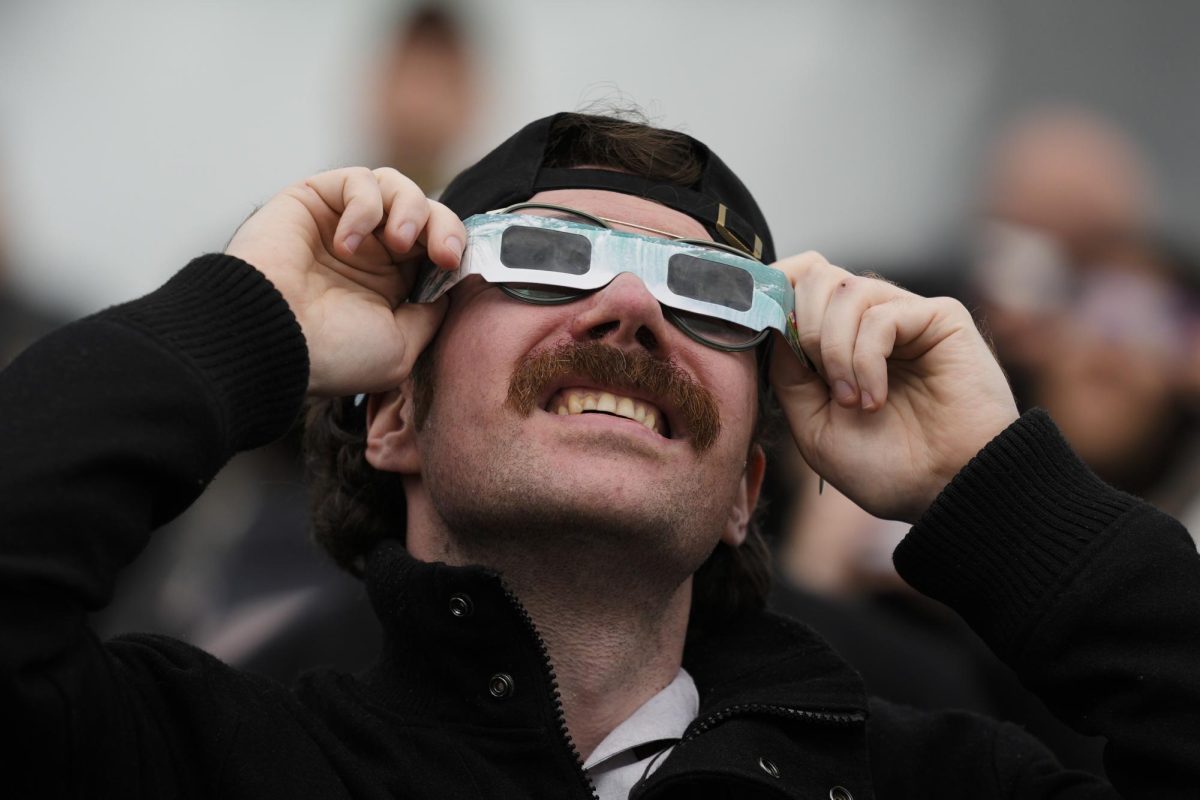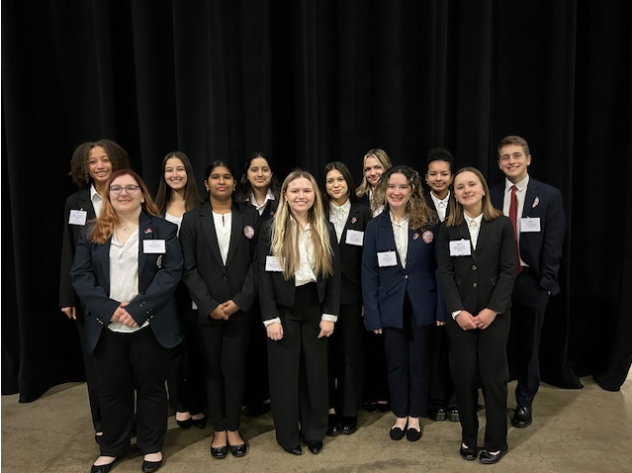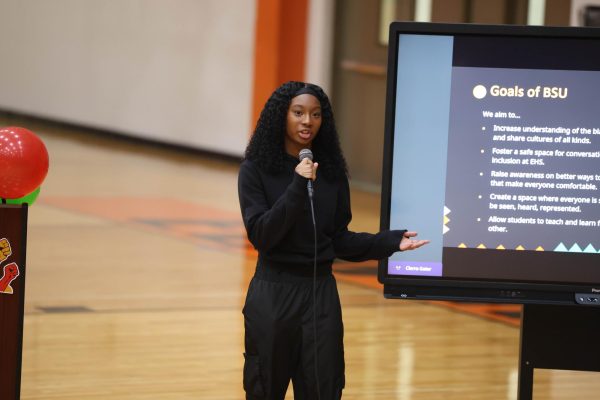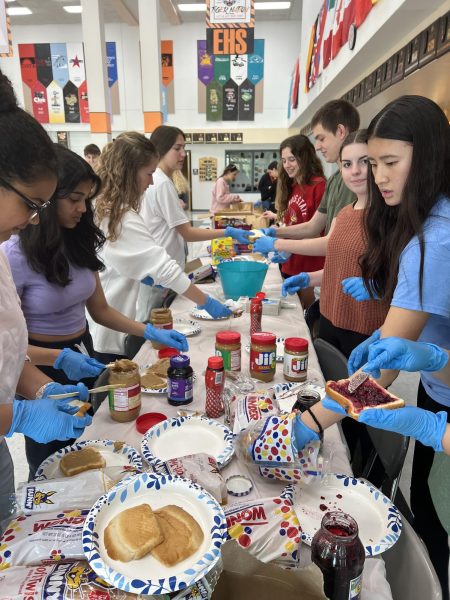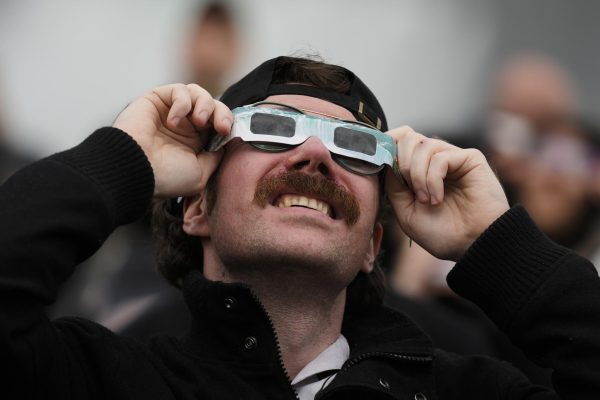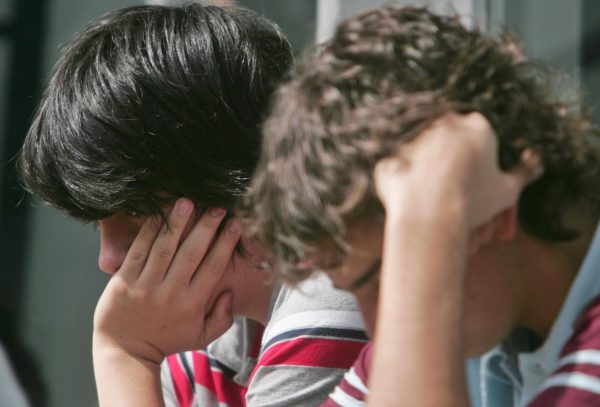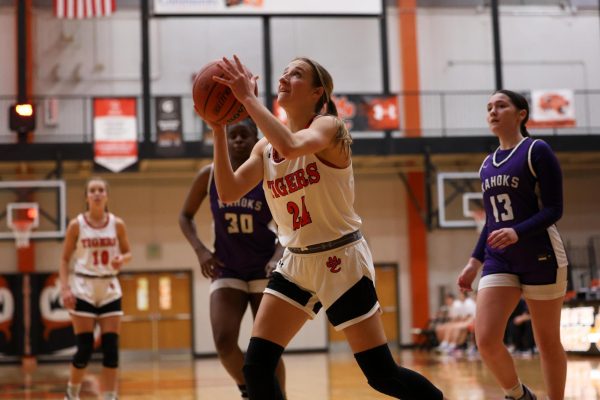Students Learn the Inside Story of Humans at Cadaver Lab
March 15, 2018
If you’re thinking about a surgical career, being comfortable around organs is crucial.
If you can’t stomach human anatomy, the heart of this field, you may need to make a corpse correction so you don’t end up as deadweight on the job. But how do find out if you’re cut out for that kind of career?
EHS’s Honors Biology 2, AP Biology and Anatomy and Physiology classes go to St. Louis University each year for the cadaver lab. The purpose of the program is to educate students about the human form and expose them to the medical world by displaying real live dead bodies.
Amanda Arteberry teaches Honors Biology 2 and helps to organize the cadaver lab field trip. She said that each student’s experience in the program can be a determining factor in deciding on a college major.
“I had one student tell me this solidified that she wanted to be a doctor,” Mrs. Arteberry said. “This was, like, the highlight of her year.”
Junior Maria Fitzgerald said that the lab was an enlightening extension of what she had been exposed to in class already.
“It was so nice to just take what we learned from biology and then put it into a real life (situation) that was in front of us,” she said.
Junior Kia Smidt, another participant in the lab, also enjoyed herself. She said that the moment she saw the subjects, she was fascinated.
“It was exciting. My heart was pounding the entire time…” Smidt said. “When they removed the lower towel to reveal the body’s leg is when it actually clicked—like, ‘Oh, this is actually a human being, this isn’t just a thing that’s there.’”
All of Smidt’s preconceptions about what textbooks said human organs should look like vanished. And while the lab did give her a tactile model for what she had already learned about the body, it taught her new things as well.
For example, Smidt was shown the lungs of a city-dweller, which were covered in dark spots. Apparently, this is normal for that environment.
“You can see what happens to your lungs just by existing somewhere where there’s pollution, and there’s nothing you can do about it,” she said. “You don’t have to be a smoker, you’ll get those black speckles anyway.”
The lab may not be for the faint of heart, but Smidt said it’s definitely worth a shot.
“It’s not for everybody,” she said. “It’s certainly not something that you can just jump into and expect to be fine—you don’t really know until you do it.”


